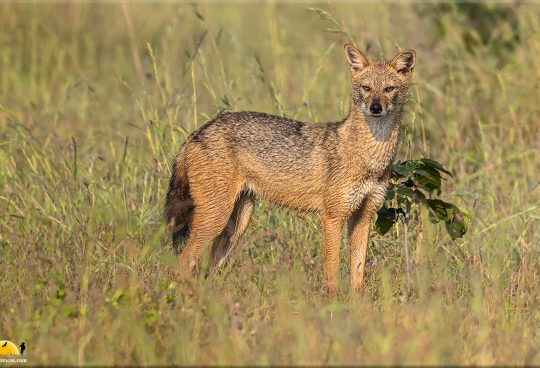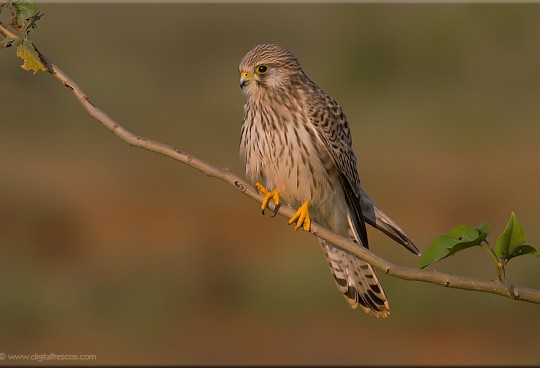Pampas deer (Ozotoceros bezoarticus) is a species of Deer that live in the grasslands of South America at low elevations. They are known as venado or gama in Spanish and as veado-campeiro in Portuguese. Their habitat includes water and hills, often with winter drought, and grass that is high enough to cover a standing deer. Many of them live on the Pantanal wetlands, where there are ongoing conservation efforts, and other areas of annual flooding cycles. Human activity has changed much of the original landscape. They are known to live up to 12 years in the wild, longer if captive, but are threatened due to over-hunting and habitat loss. Many people are concerned over this loss, because a healthy deer population means a healthy grassland, and a healthy grassland is home to many species, some also threatened. Many North American birds migrate south to these areas, and if the Pampas deer habitat is lost, they are afraid these bird species will also decline. There are approximately 80,000 Pampas deer total, with the majority of them living in Brazil. The diet for this particular deer includes grass, leaves, shrubs, and various herbs that grown in their habitat. In many areas they are competing with cattle for the same available food sources. The Pampas Deer is often seen standing up on its hind legs in order to reach food sources that are taller than it happens to be. The males are very territorial which is why they give off a strong odor as they walk. The glands are located on their legs. The smell that the Pampas Deer offers can be pickup up 1 mile away so it is well known that they have claimed a territory in a given location.The light tan coloring of the Pampas Deer allows it to perfectly blend into the surroundings. They have patches of white around the eyes, lips and along the throat area. They also feature a tail that is short and bushy. The fact that they also have a white patch under the tail is why they are often confused with the White Tailed Deer species.
The Pampas deer are part of the New World deer, another term for all South American deer species. Fossil records indicate that New World deer traveled to South America from North America as part of the Great American Interchange around 2.5 million years ago, following the formation of the Isthmus of Panama. It is believed that they rapidly evolved into different species, with only a few surviving today. Due to the large continental glaciers and the high soil acidity in areas where there were no glaciers, a huge part of the fossil record has been destroyed, so there is no indication what the New World deer used to look like. Fossil records begin with clear differentiation and are close to what they look like now. The Pampas deer evolved as plains dwellers. Their direct ancestor first appeared during the Pleistocene period (the Ice Age) during the Pampean Formation. Scientists believe the deer evolved with no culling predators because when alarmed, they stamp their feet, have a particular trot and whistle, and deposit odor. The Pampas deer share a similar gene pattern with another deer species called Blastocerus. Unique to those two species, they have two fused chromosomes. The Pampas deer have 3 subspecies: O. b. bezoarticus that live in eastern and central Brazil, south of the Amazon river into Uruguay. O. b. leucogaster that live in southwestern Brazil, to southeastern Bolivia, to Paraguay and into northern Argentina. O. b. celer from the southern part of Argentina. They are the most rare and are an endangered species and classified as Near Threatened by IUCN.
![]()






Sorry, the comment form is closed at this time.